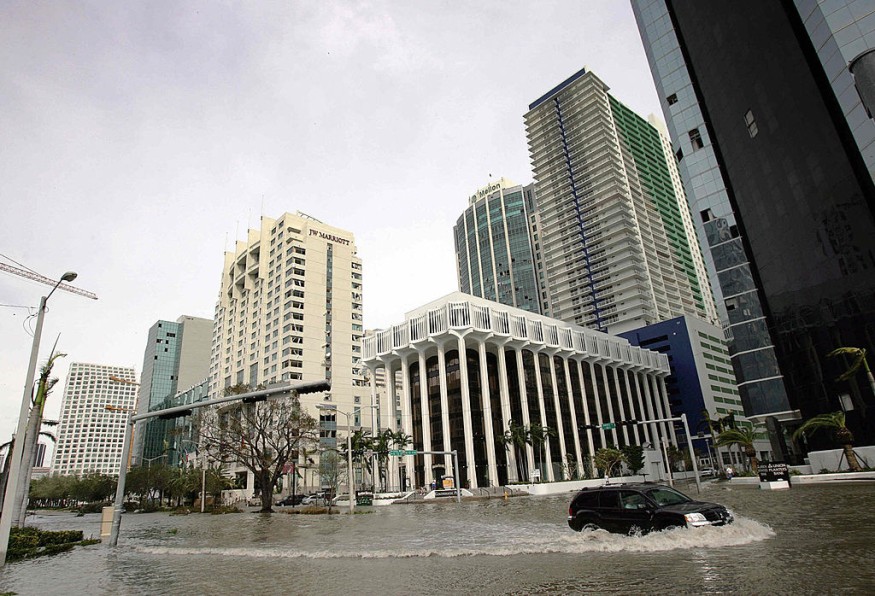Supply Chain Blues Hitting Your Car? Insurance Rates Surge 26%
Average annual auto insurance rates in the U.S. have risen by 26%, reaching $2,543, with drivers spending approximately $212 per month, impacting affordability for car owners.
Bankrate's analysis reveals that these costs represent 3.41% of the national median household income of $74,580, highlighting the increasing burden on individual finances.
Factors influencing the higher car insurance rates include population density, weather patterns, and inflation, making an individual's residence a significant determinant.
With vehicle insurance rates continuing to rise, owning a car is becoming more and more expensive for drivers across the U.S.

Drivers spend $2,543 on average each year, or $212 per month, for auto insurance, up 26% from the previous year, according to a recent Bankrate analysis. As to the most recent U.S. data, the national median household income of $74,580 represents 3.41% of an individual's annual earnings.
To calculate the actual cost of auto insurance, Bankrate examines automobile insurance rates across the United States as a proportion of family income.
What's Causing the Higher Car Insurance Rates?
The cost of an individual's insurance is influenced by several external variables, such as population density and weather patterns, in addition to inflation. Therefore, the survey concludes, a person's residence has a significant impact on their auto insurance prices.
Over the past several years, auto insurance premiums have increased nationwide due to rising natural catastrophe risks to drivers and rising vehicle maintenance and replacement expenses. Nevertheless, the states most hit by natural disasters like hurricanes and tornadoes seem to have the highest actual costs for auto insurance.
Drivers are contributing more of their wages to their auto insurance than in any other state, on average 6.53% and 5.69%, respectively, in Louisiana and Florida, for instance, where extreme weather events have become more frequent over the past several years.
According to Bankrate, drivers in Massachusetts, where age is not a rating factor for premium setting, pay the least amount of their family income in auto insurance rates. Consumers in the Bay State spend an average of only 1.76% of their income for auto insurance.
Missouri has experienced the most increase in insurance premium costs this year. In 2024, drivers in the Show-Me State will pay an average of $2,801 for vehicle insurance, which is 40% more than they did for coverage the previous year.
In fact, premiums for drivers decreased in one state this year. According to Bankrate experts, the price of auto insurance in Wyoming decreased by $1 between 2023 and 2024, ending up at $1,581 annually.
Nevertheless, the research states that "extreme weather, poor driving habits, and high repair costs... continue to impact rates," meaning that the price of vehicle insurance is expected to climb across the nation.
Related Article : Amex Business Gold vs. Amex Business Platinum: Which Is Better For You?
Copyright © MoneyTimes.com










